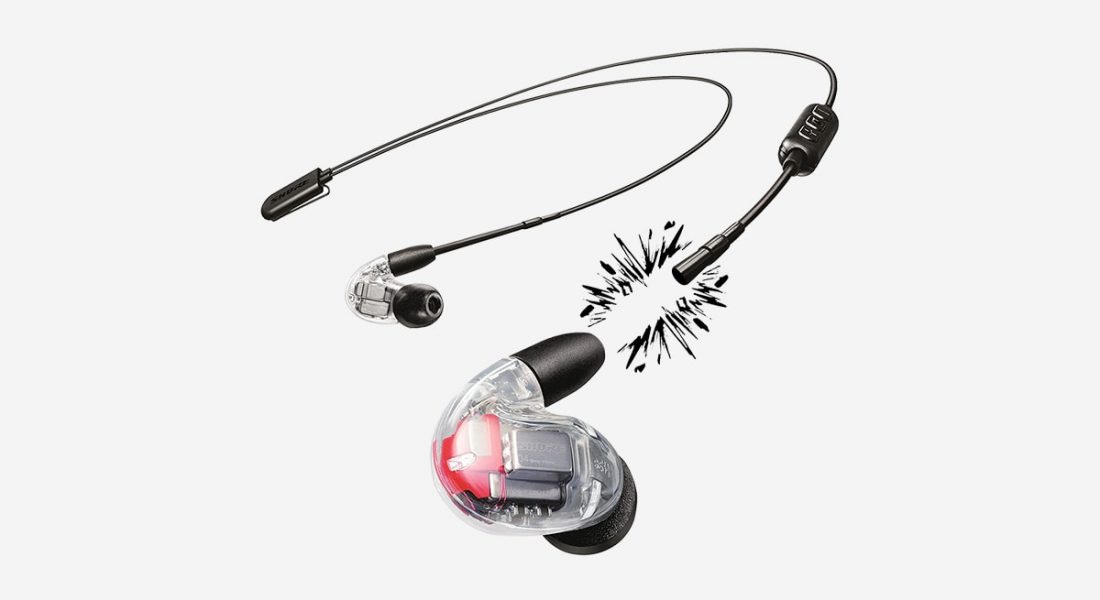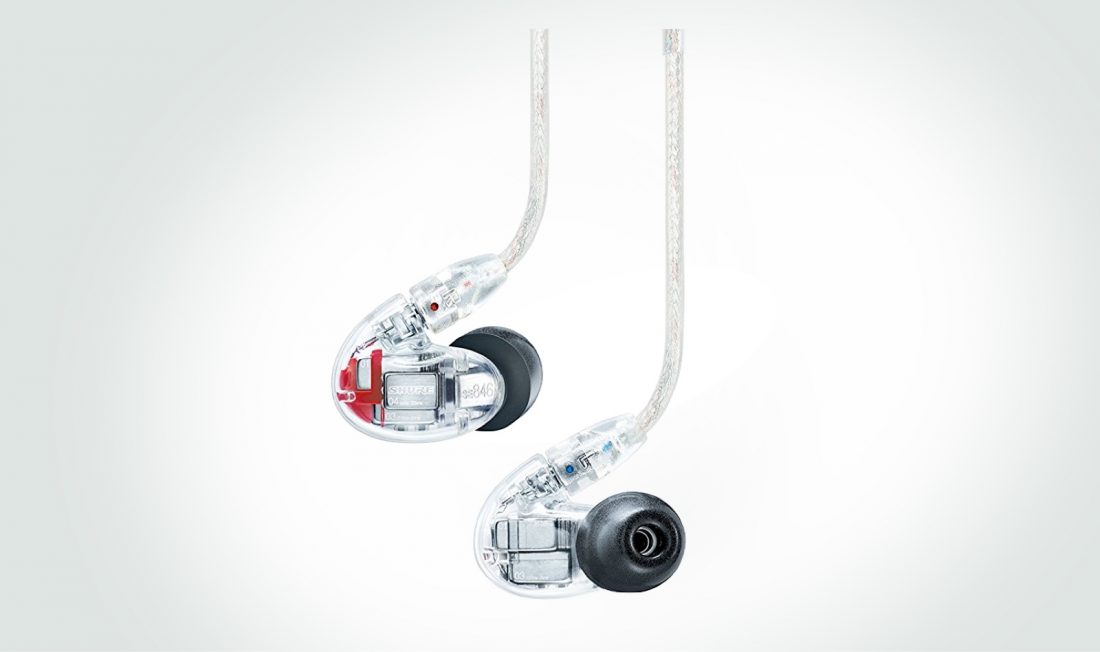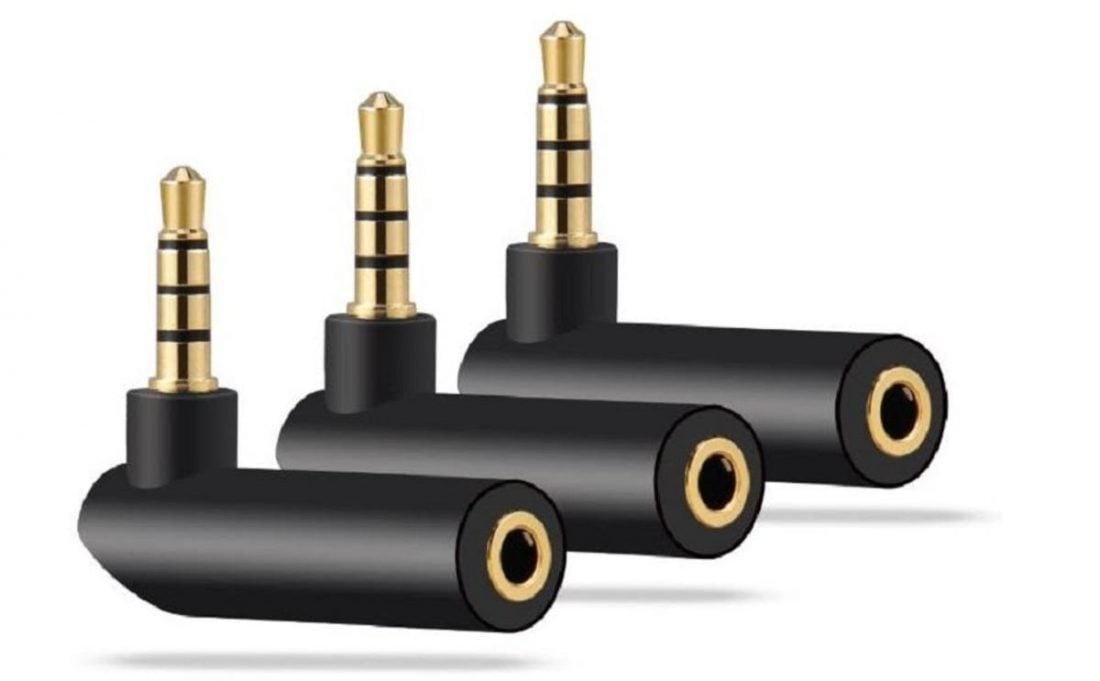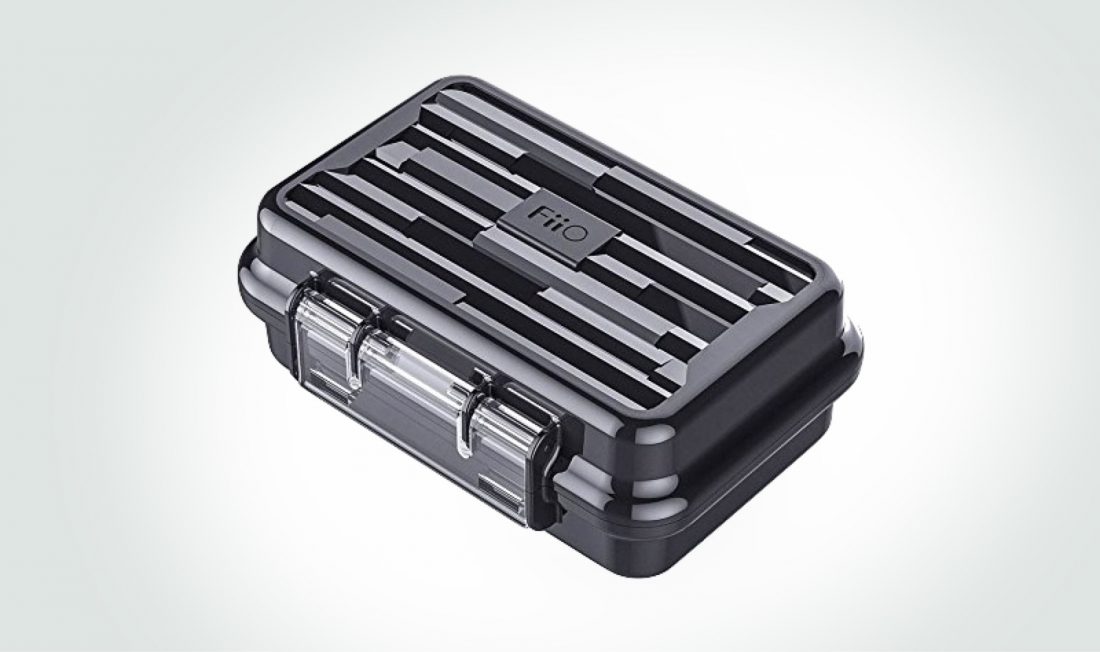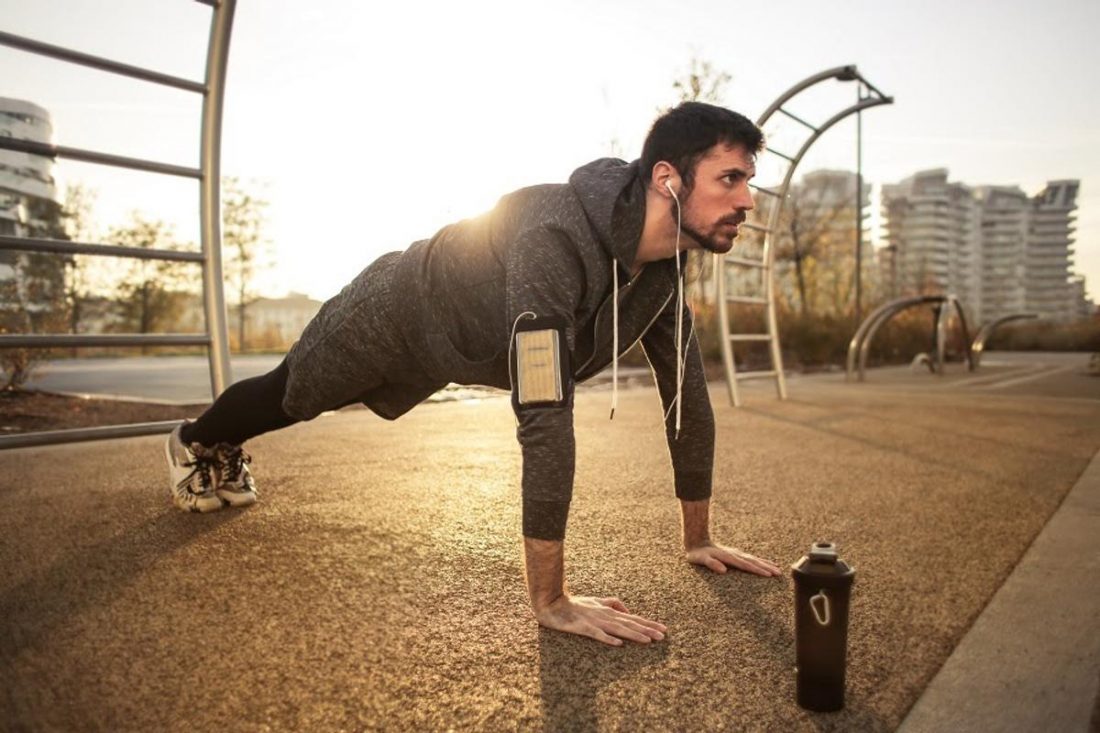How often do you order new earbuds because your old pair has stopped working again? If the answer is every few months, you’re not alone. Fortunately, you can prolong your earbuds’ lifespan by understanding why they keep breaking. Below, you’ll find some of the most common causes for earphones breaking too fast, as well as the best habits and routines to prevent this from happening to your own earphones.
Why Are Your Earbuds Breaking?
Some quality earphones can last for up to two to three years. But if your new pair stops working after just a few months, this could be due to one or a combination of these factors:
You purchased a low-quality device. While you can find affordable quality earbuds in the market, dirt-cheap products are not built to endure heavy use.
You received faulty earphones. If your earbuds break soon after you start using them, you may have gotten a defective pair in the first place. Check the warranty and find out how you can get a refund or a replacement.
You may be mishandling your earbuds. The way you use and store your earphones may be quickly wearing out its internal components.
How Do You Know If Your Earbuds Are Breaking?
But how do you know if your earbuds are already damaged or just about to break? Here are some telltale signs:
Loss of sound in one or both earbuds: If your earphones are only playing in one ear or not at all, check your settings or test it on other devices. If it continues to malfunction, there may be a fractured wire along its cord or within the earbuds.
Audio dropping out repeatedly: Is your audio skipping while you’re listening to your favorite beats? Does it drop out when you move the wires, such as during your walk or when you twist the cord? These are signs your earbuds are already reaching the end of their life. Crackling or scratchy audio: You are starting to hear static sounds. These issues may be pointing to blown speakers or damaged wires that hinder electronic signal transmissions.
7 Reasons Why Your Earbuds Keep Breaking
The most common reasons why earbuds break so easily have to do with the following 7 factors: Let’s dive deeper into each of these causes!
Mishandling & Improper Care of Your Earphones
Behind your earphones’ sturdy-looking external shells and cord is an intricate internal circuitry and mechanism for relaying and amplifying sound. Your earbuds contain tiny speakers and dynamic drivers that have been carefully pieced together and soldered. To properly care for your devices, you need to know what habits are most damaging to your earphones’ internal components and what you can do to prevent this.
Pulling or tugging on your earbuds’ cord
Many users disconnect their earbuds from input devices by tugging on the cord. Others, though, forget that they are wearing a pair while using them. When they step away from their computer or rush to get the door, their earbuds are ripped out of their ears. Yanking your earphones out puts a lot of stress on the connection points (near the earpieces and the input plug) and the internal wires. This can eventually lead to metal fatigue or cause stress fractures to form along the wires. The following types of fatigue and fractures generally cause the most earphone issues:
Metal fatigue: Hairline fractures may start developing along the sections where your earbuds’ copper wires are repeatedly bent. These tiny splits will eventually grow until the wires are completely severed.
Stress fractures: These refer to cracks that form along the length of the earphones’ wires. As they grow, the wires can no longer properly conduct electricity, leading to poor sound quality.
Alternatives to pulling on your earbuds’ cord
This is the safest and easiest way to remove your earphones from your device:
Letting cords dangle off your desk, couch, or bed
Some users let their earphones dangle off their desk, couch, or bed when working or when they’re not in use. But leaving earbuds like this puts unnecessary stress on the wires, especially when the same sections are bent multiple times. Even worse, earphones with long cords can sustain further damage when chairs roll over them or as people walk or step on them. All these factors can eventually result in metal fatigue or stress fractures forming along the internal wires.
Alternatives to letting wires dangle when using earbuds
There are several easy measures you can take to keep your earphone cords from being bent or crushed under your feet or furniture. These include:
Reorganize your workspace. Set up your space such that all your devices are within reach. Doing this ensures that earphone cords can remain loose, instead of being stretched and pulled away from input devices. It even prevents you from stepping on or rolling your chair over the cords.
Buy a 90-degree earphone jack. Attach a 90-degree earphone jack to your devices to help secure the bend along the wires, especially near the plug.
Wrap your earbuds properly. Another option is to learn how to properly coil your earbuds’ long cords: Coil the cords using the “Roadie Wrap” method (also known as the over-under technique). Secure the wire using velcro strips or gear ties.
Properly coiling earphone cords may feel like a lot of work at first. But once you develop this habit, doing so becomes automatic.
Sleeping with earbuds in your ears
Some people turn to music or audiobooks to help them wind down at night. But when you fall asleep with your earphones on, your device’s cords can get bent and twisted as you turn your head or roll in bed. The wires can also get tangled in your clothes or blanket, further hastening your earbuds’ wear and tear.
Alternatives to sleeping with earbuds in your ears
Here are a few options to help you enjoy your bedtime routine without ruining your earphones.
Remove your earbuds before falling asleep. When you catch yourself nodding off, remove your earphones. Place them on your nightstand, making sure that the wires are not dangling off the surface.
Use wireless earphones. By investing in true wireless earphones, you don’t have to worry about crushing your device’s cords during your sleep.
Not Storing Your Earphones Properly During Transit
A dedicated storage protects your earphones from getting squashed while you travel. Without proper cushioning, your device’s internal components can loosen and tiny fissures may form along the wires causing your earphones to stop working. As such, it’s advised that you should always remove your earphones while sleeping for your own personal protection and safety.
Transporting your earbuds without a proper case
High-quality earbuds often come with hard-cover cases like the FiiO HB1 or soft-cover pouches. These keep your earphones safe while untangled, and prevent them from pressing up against other belongings.
Alternatives to not traveling with a case
If your earbuds do not come with a case, try one of these options:
Buy an earphone casing. Shop online for an earphone case or pouch that matches your preferred material, size, and color.
Have a dedicated earphone storage compartment. Another option is to keep your earbuds properly coiled and tucked away in a separate pocket in your bag.
Insert them in your breast pocket. If you’re not using a case or a separate pocket, place your earbuds in your breast pocket. This option is better than stuffing your earbuds in your trousers or jeans pockets, where the tight fit or constant movement will only hasten your device’s wear and tear.
Winding the cord into a tight bundle when not in use
To keep earphones from getting tangled, many users would wind the cord into a tight bundle. While this technique makes your earphones look organized and knot-free, it also causes devices to break much faster. The tight loops and frequent bending on the same segments of the cord can cause tiny splits to form on the internal wires.
Alternatives to wrapping your earphones in a knot
Instead of keeping your earbuds in a tight knot when not in use, choose one of these options:
Do the roadie wrap. Learn how to properly coil the earphone cords using the roadie wrap or over-under method. Then secure the wires with velcro or twist ties.
Use a protective case. Especially if you’re in a hurry, you can just loosely gather your earbuds’ cord and put them in your earphone case.
Using Your Earphones Incorrectly
Many users forget that underneath their earbuds’ tough casings are sensitive electronic components. These parts are usually damaged when constantly subjected to high volumes or exposed to moisture.
Listening to your earbuds too loud
Regularly using your earphones to listen to loud music will quickly degrade the intricate internal pieces. Pretty soon, you’ll notice cracking, scratchy, or fuzzy sounds, which may indicate that your earphones’ speakers are already broken.
Alternatives to listening to your earphones too loud
Here are a few things you can do to keep your earbuds’ internal circuitry from being damaged by loud sounds:
Always dial down your device’s volume before plugging your earphones.
If you really want to turn up the sound, do so in stages instead of abruptly raising it to the maximum volume.
Refrain from listening through your earbuds at full volume for extended periods of time.
Adjust your device’s maximum volume settings to help keep the sound within safe levels.
Exposing your earbuds to moisture, humidity, or sweat
Moisture, in any form, can fry your earbuds’ electronic components and compromise sound quality. Earbuds get exposed to moisture when you sweat during workouts or while wearing a helmet, cap, or beanie. These devices may also get soaked when you’re caught in the rain or use them soon after you shower.
How to protect your earbuds to moisture or humidity
Protect your earbuds by following the tips below:
Take off your earbuds when you need to walk through a heavy downpour.
Do not wear your earphones right after you wash your hair.
If you run or workout regularly, invest in waterproof or exercise-friendly headphones.
If your earbuds get wet, put them in a bag of uncooked rice granules for 24-36 hours.
Conclusion
Regardless of your earphones’ price and brand, you want them to continue working well for as long as possible. The good news is that caring for your earphones does not require major investments in time and effort. Learning some simple care habits or using affordable accessories can go a long way in making your earbuds last through more travels, exercise sessions, and work days. What do you think of these suggestions? Are there other causes of earphone damage or device care tips you want to add? Share them below.
